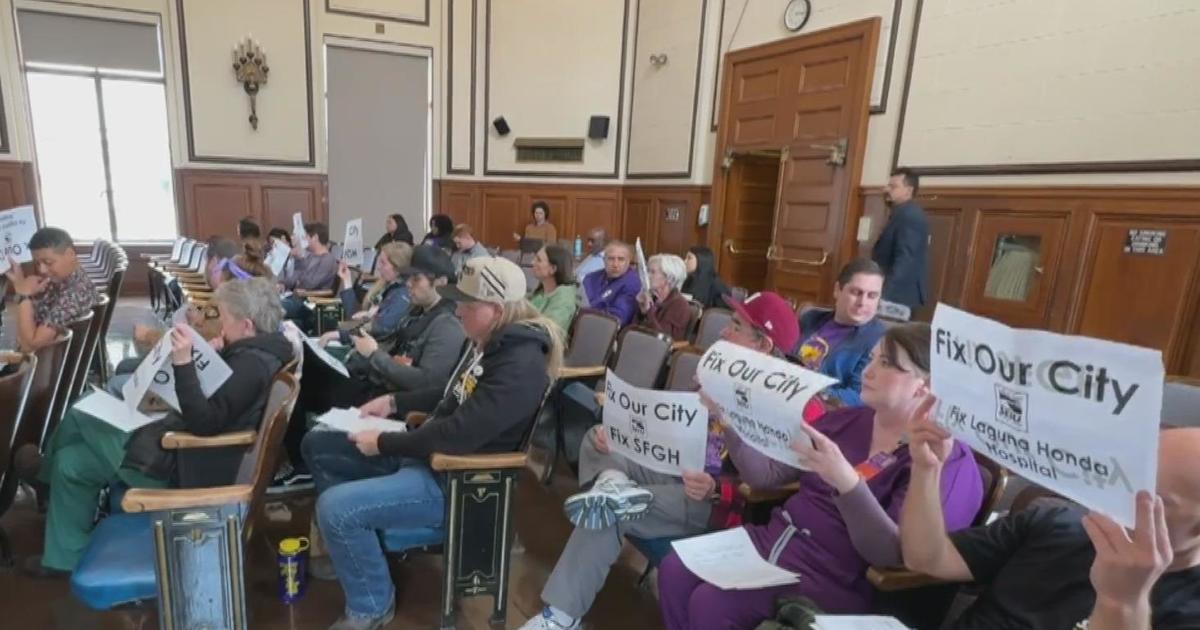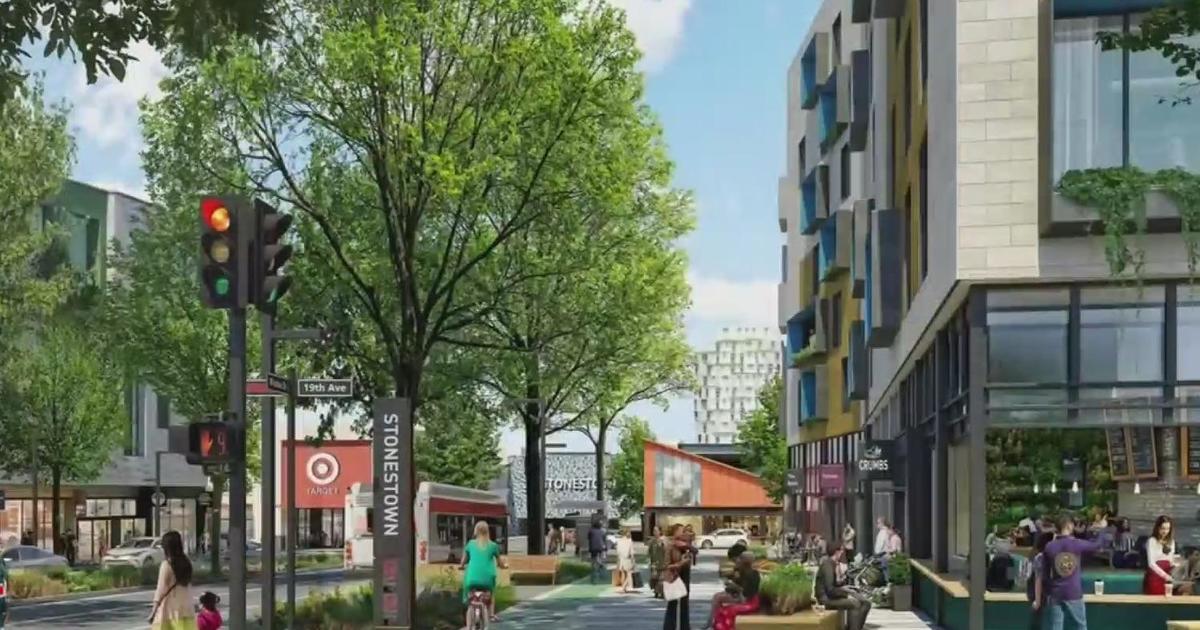Marin County Moves to Tier 2 of COVID Response, More Businesses to Reopen
SAN RAFAEL (CBS SF) -- Marin County announced Tuesday that it had successfully appealed to the California Department of Public Health (CDPH) to move into Tier 2 of the state's COVID-19 response framework, allowing it to reopen more businesses.
As the number of COVID-19 cases plateau in Marin County, the state moved Marin County's community risk status to Tier 2, "a substantial risk," which means more businesses can resume operations Tuesday.
"We've made a lot of progress, and this gives us more choices as residents," said Dr. Matt Willis, Marin County Public Health Officer. "But more freedom also brings more risk. Our challenge is to move forward without increasing transmission. We're at a critical juncture."
Under the Tier 2 rules, Marin County can allow:
- Indoor dining to 25% capacity
- Retail establishments to open indoors at 50% capacity
- Indoor malls to open at 50% capacity
- Personal care services to open indoors (personal care services are defined as esthetics, skin care, cosmetology, electrology, nail services, body art professionals, tattoo parlors, piercing shops, and massage)
- Museums to open indoors with 25% capacity
- Places of worship to open with 25% capacity or 100 people, whichever is fewer
- Movie theaters to open indoors with 25% capacity or 100 people, whichever is fewer
- Gyms to open indoors with 10% capacity
If COVID-19 cases remain at Tier 2 levels for two weeks, the state can allow Marin County to reopen schools for a modified version of in-classroom learning. The earliest Marin schools could reopen is Sept. 29.
Marin County is following the Blueprint for a Safer Economy, the four-tier plan the state adopted on Aug. 28 to allow for businesses to reopen safely during the COVID-19 pandemic. The blueprint states that each county must spend at least 21 days in a tier before advancing to the next, less restrictive one.
Marin County officials say that their big challenge is tackling the elevated COVID-19 rates in low-income areas of the county. Due to the state's "equity adjustment factor," the county can't move to the next tier if there is a large disparity between the coronavirus positivity rates in low-income and affluent neighborhoods.
"It's always been our goal to limit the burden of COVID-19 in our community. Now it's everyone's goal," Omar Carrera, Director of Canal Alliance, a community-based nonprofit serving the Canal Area of San Rafael, said. "If we don't narrow the disparities, it hurts all of us."
The county says that a full list of changes to business sector guidelines will be added to the Marin Recovers website soon. The county added that all businesses must complete a COVID-19 Site-Specific Protection Plan prior to reopening, and guidance for completing a plan is found on the Marin Recovers website.
"I can't wait to have something normal to happen in a day, like go to the salon, actually have it be part of a normal routine. I'm missing that," said Jill Lacort in Mill Valley.
After spiking on July 21st, with 12,807 new positive tests, Tuesday there were a little over 2,200 new positive cases in Marin County. The test positivity rate stands at 3.6 percent.
But with the air quality just beginning to clear, there is yet another added concern for public health officials - cold and flu season.
"We want to make sure our hospital systems are not just able to take on individuals with COVID related disease, but all of the flu that we might anticipate, all of the other common symptoms of colds, pneumonias," said state Public Health Director Dr. Mark Ghaly during a briefing.
San Francisco's public health director Dr. Grant Colfax says getting to 80 percent mask-wearing compliance will help. "We are indeed in the for the long haul," said Colfax. "Whether we think of this as a marathon or a multi-inning game, our perseverance, our resilience, and our hope is necessary for us to carry forward."
Dr. Ghaly says what keeps him up at night is the gains against COVID-19 getting wiped out by vigilance fatigue as the months of the pandemic wear on.
"How do we continue after many, many months of sending the same message without having counties and people fatigue around some of these simple to follow, but not always fun to follow guidelines," said Ghaly.



